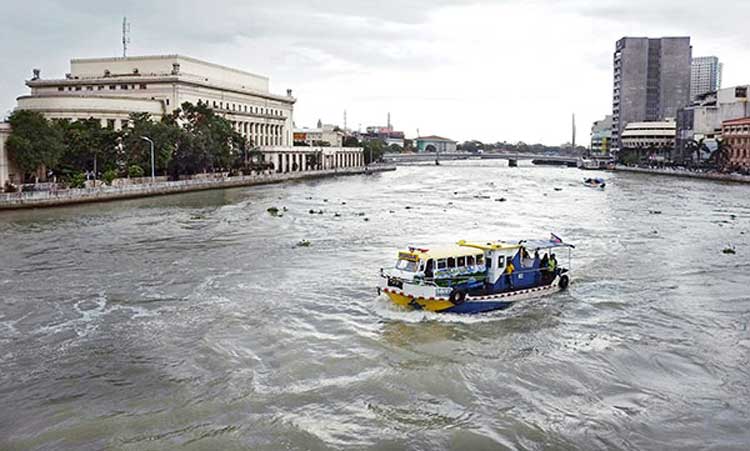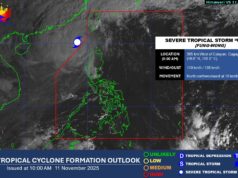DENR questions study saying Pasig River is top plastic polluter

THE DEPARTMENT of Environment and Natural Resources (DENR) questioned the results of a global study that claimed that 28% of rivers responsible for global plastic pollution are in the Philippines, with the Pasig River being the top contributor of ocean plastic waste.
The DENR was referring to an April study published by the peer-reviewed Science Advances journal of the American Association for the Advancement of Science (AAAS).
Citing the study, the Philippine Climate Change Commission previously said the “world’s most polluting river when it comes to plastic is the 27-kilometer Pasig River which run through Metro Manila, making up 63,000 tons of plastic entering oceans from rivers per year.”
Speaking to reporters in a virtual briefing on Monday, DENR Undersecretary Benny D. Antiporda refuted the research’s conclusion.
“There are some aspects (in the study) which are correct, but when it comes to the conclusion, I can categorically say that it’s wrong… It’s very clear that the major action of the government in coming up with mitigation (efforts) on the plastic (problem) was not considered in the research,” he said.
Mr. Antiporda said that an in-depth review, assessment of data based on government efforts and subsequent consultations with the Institute for Global Environmental Strategies and UN Habitat showed a different conclusion.
“The method used did not reflect the actual condition on the site. Plastic wastes which came from lands going to these rivers may have huge variations during the summer (bringing in) a low discharge rate and rainy (drawing in a) high discharge rate,” he explained.
The study pointed out the Philippines had 466 out of 1,656 rivers across the globe, dumping over 356,371 metric tons of plastic waste per year or around 9% of the total generated mismanaged plastic waste (MPW) in the country.
Mr. Antiporda said the parameters used in getting the MPW were based on “secondary studies,” adding that data reflecting this should ideally come from a national government report. He added that the study used a probabilistic approach, referring to models and calculations instead of data.
The DENR official noted that some of the sources used in the research were from 2016, which he said are not up-to-date.
There are various efforts to rehabilitate Pasig River involving both government and the private sector.
Among these are San Miguel Corp., which earlier said it is allotting P2 billion for its five-year plan to extract 50,000 metric tons of silt and solid waste monthly from the river. International Container Terminal Services, Inc. Group (ICTSI) Foundation also said it has allocated $1 million to build a sustainable river waste collection system along the river, in partnership with Finnish company Riverrecycle Oy. — Angelica Y. Yang



